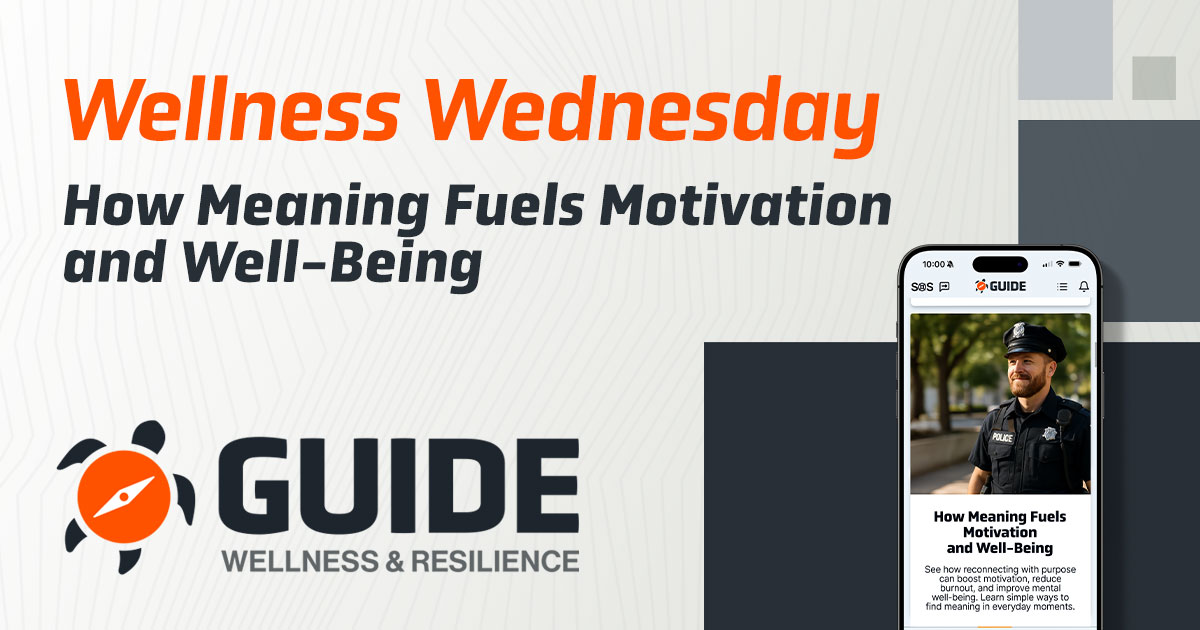As the days grow shorter and the nights longer, many people experience a shift in their mood and energy levels. For some, these changes are mild, while others may find themselves struggling with a condition known as Seasonal Affective Disorder (SAD). In this blog post, we’ll explore what SAD is, its symptoms, and practical strategies to maintain your emotional well-being during the colder months.
Seasonal Affective Disorder is a type of depression that follows a seasonal pattern, most commonly occurring in the fall and winter months. The lack of sunlight, coupled with colder weather and increased time indoors, can significantly affect mental health. While it’s normal to feel a little less energetic during the winter, SAD goes beyond the winter blues—it can interfere with daily life and well-being.
Symptoms of SAD
SAD symptoms often mimic those of major depression but are linked to seasonal changes. Common symptoms include:
- Low Energy Levels: Persistent fatigue despite adequate rest.
- Mood Changes: Feelings of sadness, hopelessness, or irritability.
- Sleep Disturbances: Oversleeping or difficulty waking up in the morning.
- Loss of Interest: Reduced interest in activities you usually enjoy.
- Appetite Changes: Cravings for carbohydrates, leading to weight gain.
- Difficulty Concentrating: Trouble focusing or making decisions.
- Social Withdrawal: Feeling isolated or reluctant to engage with others.
If you notice these symptoms primarily during the fall and winter months, it could be a sign of SAD.
Causes of Seasonal Affective Disorder
SAD is believed to be influenced by several factors, including:
- Reduced Sunlight Exposure: The lack of sunlight in fall and winter can disrupt your body’s internal clock (circadian rhythm), leading to feelings of depression.
- Serotonin Imbalance: Sunlight plays a role in regulating serotonin, a neurotransmitter that affects mood. Less sunlight can result in lower serotonin levels.
- Melatonin Disruption: Longer nights can increase melatonin production, leading to excessive sleepiness and fatigue.
- Genetics: If you have a family history of depression or SAD, you may be more susceptible.
How to Manage SAD and Maintain Emotional Well-Being
While SAD can feel overwhelming, there are effective strategies to help you navigate the darker months with resilience and positivity.
1. Light Therapy
Light therapy is one of the most common treatments for SAD. It involves sitting near a lightbox that mimics natural sunlight, helping to regulate serotonin and melatonin levels. Use it for 20–30 minutes each morning to boost mood and energy.
2. Get Outside
Even during the winter, getting outside during daylight hours can make a difference. Bundle up and take a brisk walk during lunch or spend time near windows to maximize exposure to natural light.
3. Stay Active
Regular physical activity can improve mood and reduce symptoms of depression. Aim for at least 30 minutes of moderate exercise most days of the week. Activities like yoga, dancing, or even snowshoeing can be both fun and effective.
4. Eat a Balanced Diet
Nutrition plays a significant role in mental health. Focus on whole foods rich in vitamins and minerals, particularly those high in omega-3 fatty acids, such as salmon, walnuts, and flaxseeds. Limit sugary snacks that can cause energy crashes.
5. Establish a Routine
Keeping a consistent daily routine can help regulate your body’s internal clock. Try to wake up, eat, exercise, and go to bed at the same times every day.
6. Practice Mindfulness and Relaxation
Mindfulness techniques such as meditation, deep breathing, or progressive muscle relaxation can reduce stress and improve emotional resilience. Spending a few minutes each day focusing on your breath can help ground you during difficult moments.
7. Stay Social
It can be tempting to isolate yourself during the colder months, but maintaining social connections is crucial. Schedule regular calls or meet-ups with friends and family, even if it’s virtual.
8. Seek Professional Help
If your symptoms are severe or persist despite trying these strategies, don’t hesitate to seek professional support. A therapist or counselor can provide coping tools tailored to your situation. In some cases, medication may also be recommended.
The Role of The GUIDE App
The GUIDE App is here to support you in building resilience and prioritizing your mental health during seasonal transitions. With tools like guided meditation, peer support communities, and personalized wellness programs, The GUIDE App can help you stay balanced and connected throughout the year. Download the app today to explore resources designed to empower you in every season.
Looking Ahead: Embrace the Season
While fall and winter can bring challenges, they also offer opportunities for reflection and growth. Embrace cozy evenings with a good book, take time to connect with loved ones, and enjoy seasonal activities like baking or stargazing on clear winter nights. Remember, the steps you take today to care for your mental health can make all the difference in how you experience the season.




